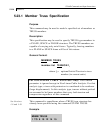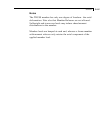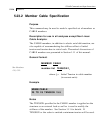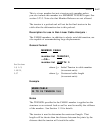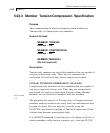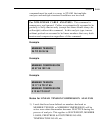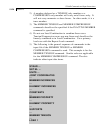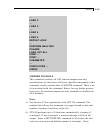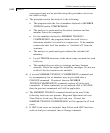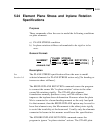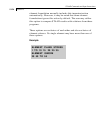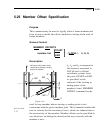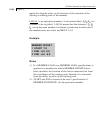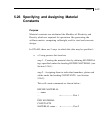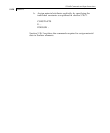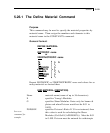
STAAD Commands and Input Instructions
Section 5
5-122
convergence may not be possible using this procedure, do not set
the limit too high.
c)
The principle used in the analysis is the following.
•
The program reads the list of members declared as MEMBER
TENSION and/or COMPRESSION.
•
The analysis is performed for the entire structure and the
member forces are computed.
•
For the members declared as MEMBER TENSION /
COMPRESSION, the program checks the axial force to
determine whether it is tensile or compressive. If the member
cannot take that load, the member is "switched off" from the
structure.
•
The analysis is performed again without the switched off
members.
•
Up to ITERLIM iterations of the above steps are made for each
load case.
•
This method does not always converge and may become
unstable. Check the output for instability messages. Do not use
results if the last iteration was unstable.
d)
A revised MEMBER TENSION / COMPRESSION command and
its accompanying list of members may be provided after a
CHANGE command. If entered, the new MEMBER
TENSION/COMPRESSION commands replace all prior such
commands. If these commands are not entered after a CHANGE,
then the previous commands will still be applicable.
e)
The MEMBER TENSION command should not be used if the
following load cases are present : Response Spectrum load case,
Time History Load case, Moving Load case. If used, the
MEMBER TENSION /COMPRESSION will be ignored in all load
cases.
f)
If UBC Load cases are included, then follow each UBC load case
with an Analysis command, then a Change command.



